Moi aussi - a tribute to Charlie Hebdo
January 11, 2015The mass murder carried out by extremists against Charlie Hebdo seems exceeded in its vileness perhaps only by the stupidity and ignorance of the protagonists. What, exactly, did they think they were attacking? Charlie Hebdo spared no one its barbs – they gave it to the Israeli government as well as they gave it to Arafat, and – more to the point, most recently – they gave it to French and European xenophobia and racism as well as they gave it to Islamic fundamentalism. Did they know that Charlie Hebdo was repeatedly sued by the Vatican for its satire? (And did the Vatican, however incensed, send assassins to settle the score, instead of libel lawyers?)
Did the killers ever really read a whole issue and miss the truth-value even of the many cartoons and articles that didn’t have Islamic extremists as their subject, and see only what they personally found offensive? Did they not probably, every day of their recent lives, think, say, and write things contemptuous of every religion but Islam, especially Christianity and Judaism, Islam’s “brother” monotheistic faiths, and suppose that these thoughts and words were perfectly justified, and their right to express them sacrosanct? Were they unable to distinguish Charlie Hebdo’s editorial point of view with that of an obviously, outspokenly racist and xenophobic journal? (Not that this would give them license to slaughter, however odious the victims.)
I’ve only seen eight or ten issues of Charlie Hebdo over the years. I live in northern Italy and manage to get to Paris now and then, or other French territory, and whenever I do, I don’t fail to pick up the current issue to pore over at home. My French is limited, so the articles are difficult for me, and even the cartoons often send me to the dictionary, or to my wife, whose French is pretty good. Still I manage to get the gist of the articles (with my Italian helping me where my junior high French teacher failed) . The cartoons’ meanings are usually plain to see, although I understand poorly the cultural and political references. My affection for Charlie stems partly from my childhood reading of MAD Magazine, which seemed to me, even when I was only nine or ten years old, a great champion of truth, and which taught me that one of our most important weapons against evil and hypocrisy in the world is ridicule.
The murderers remind me of the man with the rotten heart and the closed mind who kills the clown because he can’t stand to laugh, especially at himself. Bitter truth is always funnier than any attempt at humor without substance. These two strike me as pathetic and cowardly in their choice of a target, showing the poverty of imagination to which feeble and unschooled minds are condemned. Imagine the courage it takes (however well-planned the “operation”) to assault an editorial office instead of a police station or military installation, or better yet, a secret conclave of heavily-armed, neo-nazi, Arab-hating thugs. However, they clearly sensed the importance of Charlie Hebdo as a symbolic target. Maybe the symbolic is also tactical – or strategic.
Anyway, I made scans of several cartoons some years ago, mostly from an issue of 2007, and one from an issue of May 4, 2001 that was reproduced in the New York Review of Books in 2003. I looked back at them just now after the events in Paris (partly to look again at some of their fine cartoons, and partly from a sick curiosity to know which ones were by artists who were brutally killed). To those taken from Charlie Hebdo itself I added English translations, with help. Some are crude and highly irreverent, but others show a degree of sensitivity and humanity that should be a lesson to all the hateful and intolerant people of the world.
The first one, reproduced above, is by a cartoonist whose signature I can’t make out, but which looks like “Miller”. It was a cover illustration, and features a caricature of Paul Ausseresses, one of the principal French commanders of the suppression of the revolt in Algeria back in the 1950s, who was quoted as saying, “Yes, torture was necessary! Without it, we would have lost Algeria.” (The more attentive reader will recall that the French did in fact lose Algeria anyway. He or she will also quickly draw the comparison to Dick Cheney’s stubborn defense of torture in pursuing what he called the war on terror, with about the same success in achieving those aims by such means.) I hardly need point out that the cartoon shows a lot of sympathy for the Algerian victims of that war, rather than a hatred for Arabs or Muslims, even before September 11, 2001.
Secondly, and for the same reason, I offer a cartoon by Charb, or Stephane Charbonnier, who was prominent among those killed. It shows a man in chains – wrists, ankles, neck, and even his genitals – who says to his guard, “Aren’t these chains awfully expensive?” The guard answers him “No, they’re generic chains.) Beyond that, it unmistakably shows Charbonnier’s sympathy for the victims of torture – among them, no doubt, some Islamic fundamentalists, besides many cases of mistaken identity – in the age of Guantanamo and Abu Ghraib. He was not a person who hated Muslims. As a Frenchman he was more inclined to attack the hypocrisy and xenophobia of the French – and of anybody and everybody else who deserves it.
Another by “Miller” (if that’s his name), “Agité Comme un Sarko”, shows just that. We see at the left a man with a vicious dog on a leash, barking at a man on the right. The dog is obviously Sarkozy, and the man on the right Ahmadinejad. (I don’t recognize the man on the left, who has for his part the jowls of a bulldog.) Sarkozy barks an ultimatum at Ahmadinejad, who suggests to the dog’s master to have the dog sterilized. He answers that it’s already been done. So in this case the cartoonist was very gentle with Ahmadinejad, who could as well have been depicted as a hysterically barking dog. (But maybe that’s just another idea for a cartoon.) The title of the cartoon is, I suppose, a pun of some sort, but I can’t determine what a “sarko” could be. (Can somebody tell me?)
Another, by Luz, shows Sarkozy and Lang, another French politico (a jowly one). Aside from the fun it makes of these politicians, it shows Sarkozy with an uncanny resemblance to the Snoid, Robert Crumb’s creation, a sort of devilish little imp. A few more are from a series of cartoons on the theme of the denizens of the Paris Métro. But they make fun of the bitter, sad irony of the fact and the condition of these destitute human beings, and rather than of the people themselves. In “La Métro-Morphose”, “Rooted”, and “Vending Machine”, Riss lets us laugh (although sadly) without his disparaging their protagonists, as other cartoonists might well do. A part of the same feature, a very realistic sketch of a Parisian clochard (far from making fun of the unfortunate even in this mild way) is highly sympathetic – even moving – and not a caricature at all. (I don’t know who is the artist.)
Last but not least from Charlie, I offer a strip by Riad Sattouf: one of his ongoing series, “La Vie Secrète des Jeunes”, in which Sattouf observes and records what he sees around Paris. (It reminds me inevitably of Stan Mack’s “Real Life Funnies” in the Village Voice.) A strip of great humor and subtlety: an innocent, light-hearted young lady is noticed by a couple of young guys in the Gare du Nord. One of them, a black boy, approaches her and timidly, even politely, makes the girl an indecent proposal (whose particulars are beyond the reach of my French, but whose essence is clear enough). The boy seems unable to stop twiddling his goatee. When the girl finally understands what the boy is trying to say, she runs away, shocked. And yet she had responded to the boy with openness and friendliness, without a trace of racism or race anxiety, or even the diffidence almost anyone shows in responding to a stranger. Sattouf himself is of Arabic ethnicity, as were a number of others on the staff of Charlie Hebdo – some of whom are now dead, because a couple of fanatics decided that they were the enemy.
I’ll add an item not from Charlie Hebdo, but from another source, which shows that the Islamic world is hardly as monolithically sectarian, intolerant of humanistic and democratic values – especially of free speech – as many suppose it to be. (Unfortunately, we usually we hear the most from the biggest mouths.) It’s by Neyestani, an Iranian cartoonist, and requires no translation or explanation. I suppose Neyestani is not making his life easier by resisting the closed mind-set the Iranian ayatollahs are trying to impose, and I admire him for his courage. There are civilized and intelligent people in every country – just not enough of them, anywhere.
I think these examples put to shame the level of intelligence and culture of the killers of the other day. Their idea of Islam is an insane perversion, as many Muslims do not hesitate to affirm. I think the killers had a problem with the modern world that manifested itself in religious extremism (banal but true). For them to call out “Allah is great” as they carry out their slaughter is an insult to the Prophet. The Christian world has been equally homicidal in the name of Christ (whether with other religions or within the faith) many times over the centuries, and it was equally perverse and hypocritical, always.
Extremism of this sort should not distract us from the deeper, very real problems of modernity, which are not being adequately addressed at all by the developed world. The Western world is still guilty of practically lethal neglect of the very grave problems encroaching on our planet, which are no less serious than terrorism. The sad thing is, it probably will distract us, and the need for western countries to defend their societies from extremist terror – a reflexive impulse, bound by nature to go to extremes – will only lead to a restriction of the liberties of all.
I close with a quotation of Lord Buckley, part of the preamble to his monologue “H-Bomb”, which is an attempt to confront the terror of nuclear annihilation. (Buckley’s premise was a proposal for a campaign to make Americans laugh at the Bomb, thus defusing the terror of the Soviet missiles.)
“It is the duty of the humor of any given nation, in times of high crisis - to at-tack the catastrophe that faces it - in such a manner, as to cause the people to laugh at it - in such a manner, that they do not die — before they get killed.”
Let us not forget!
I think that Charlie Hebdo has done something like this, and I hope they will continue in this noble and important work.
Allen Schill
January 11, 2015
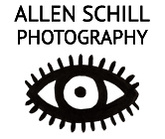
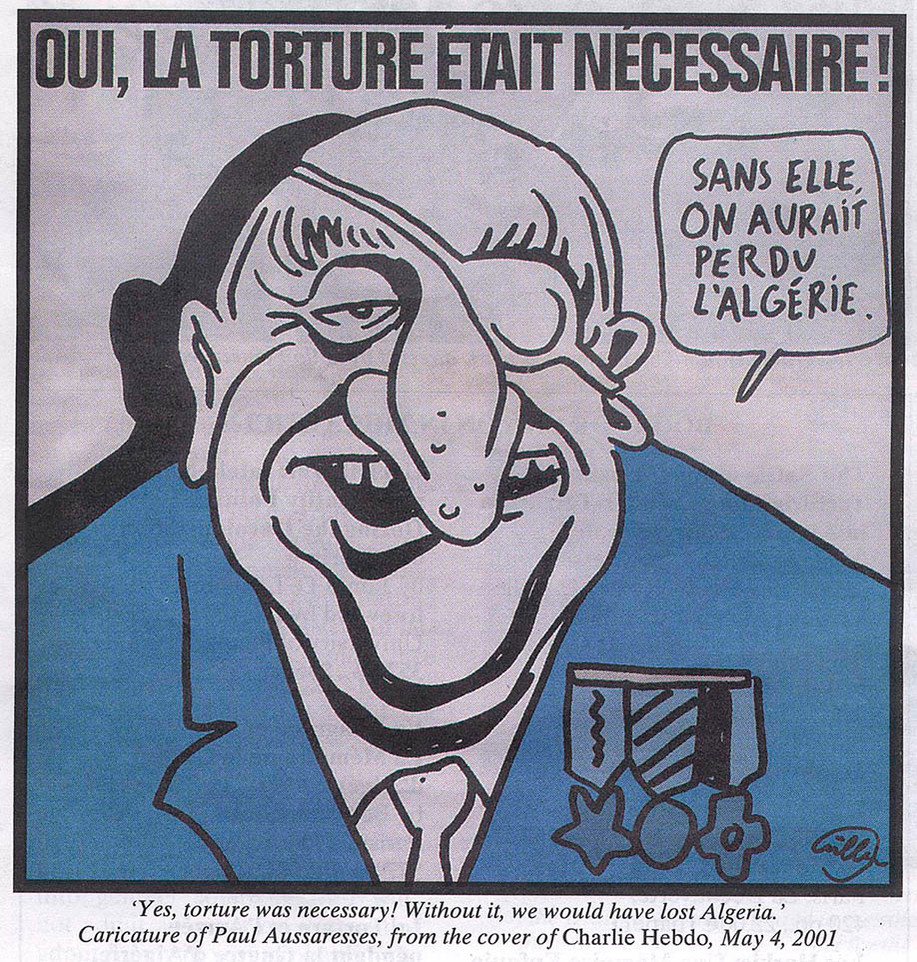
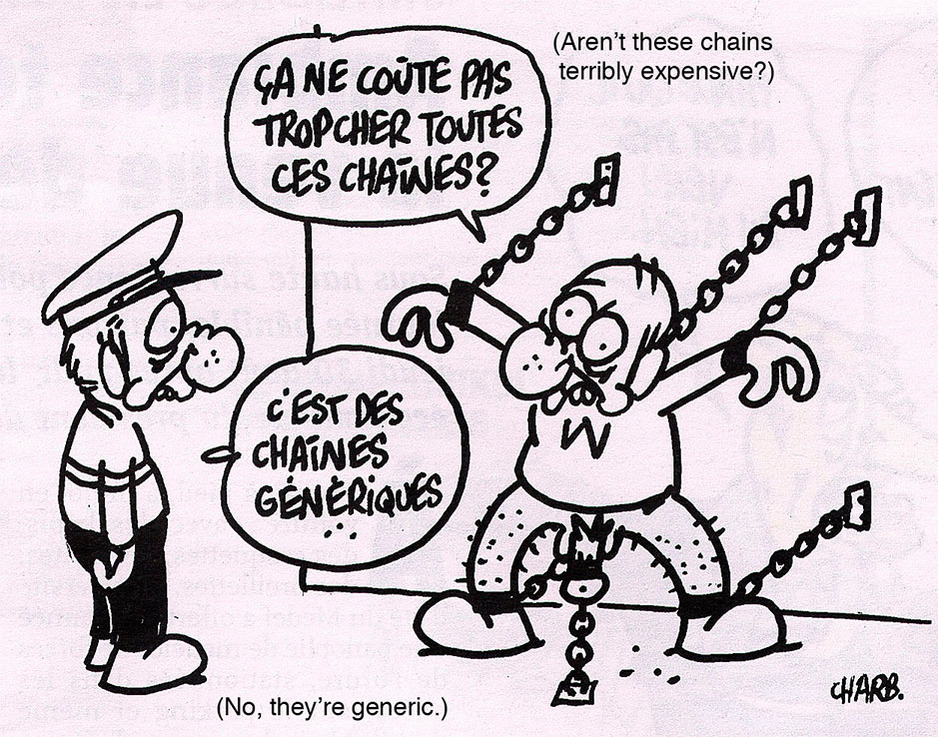
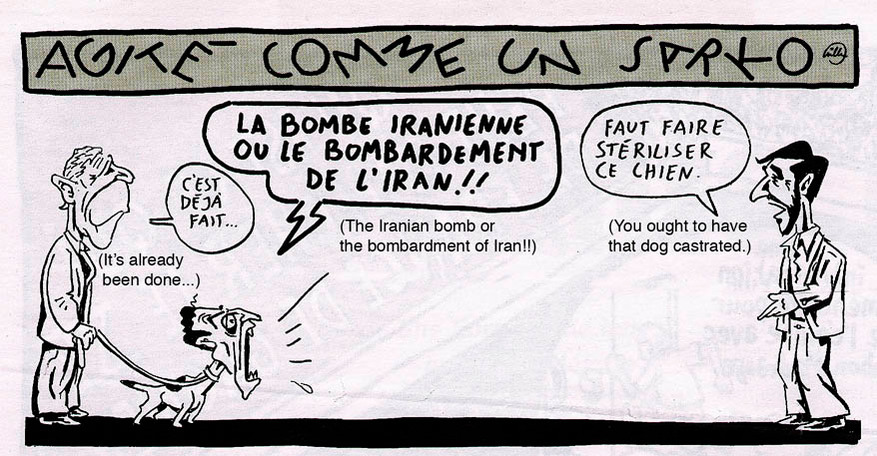
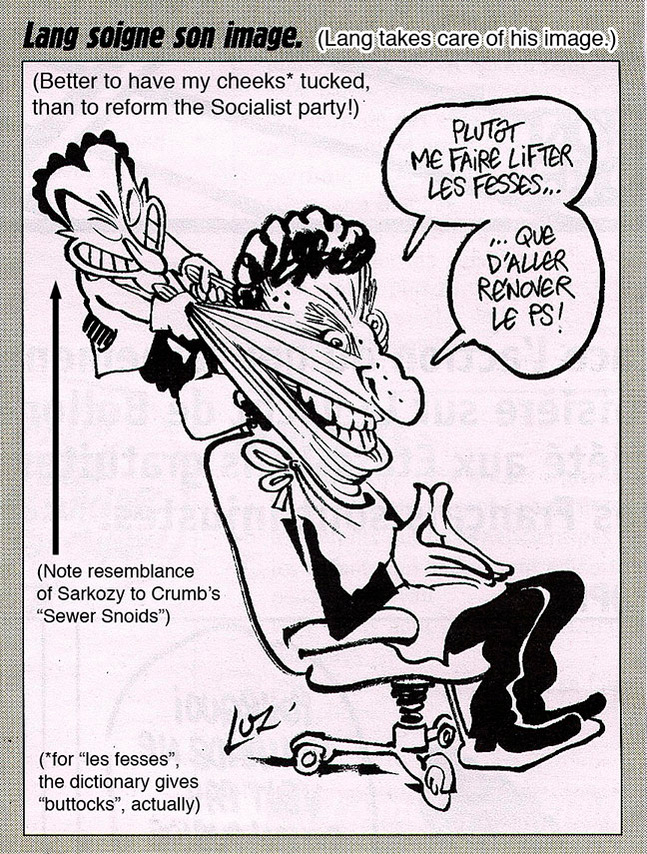
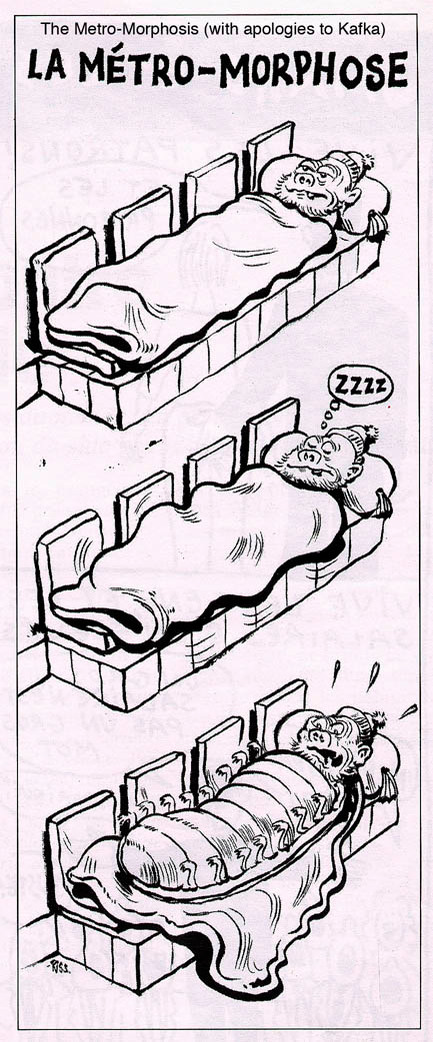
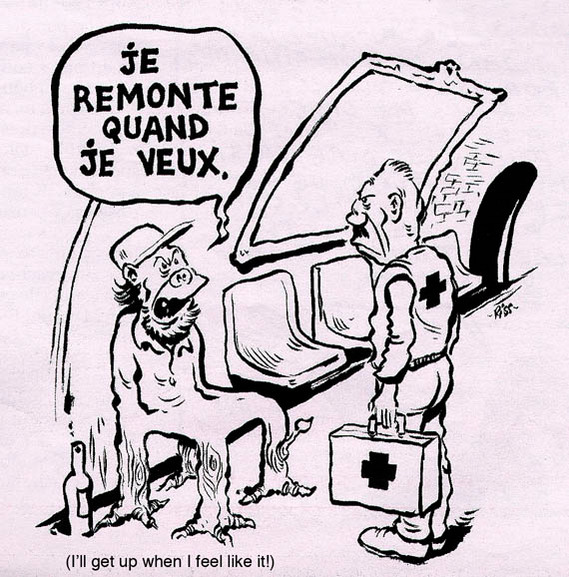
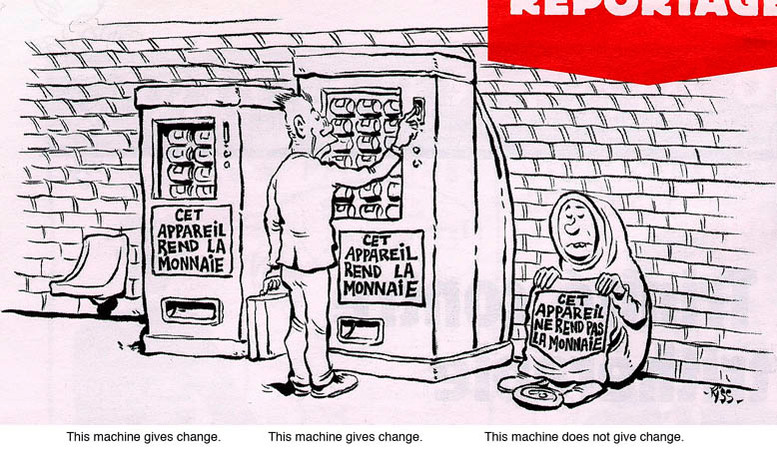
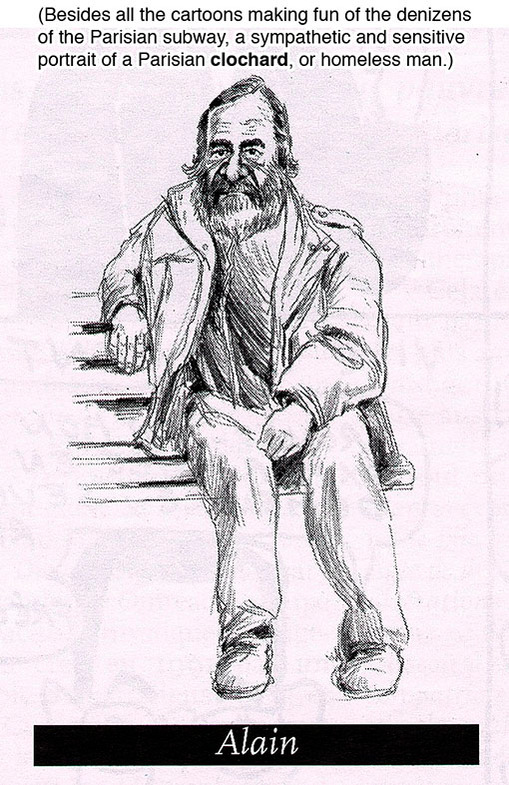
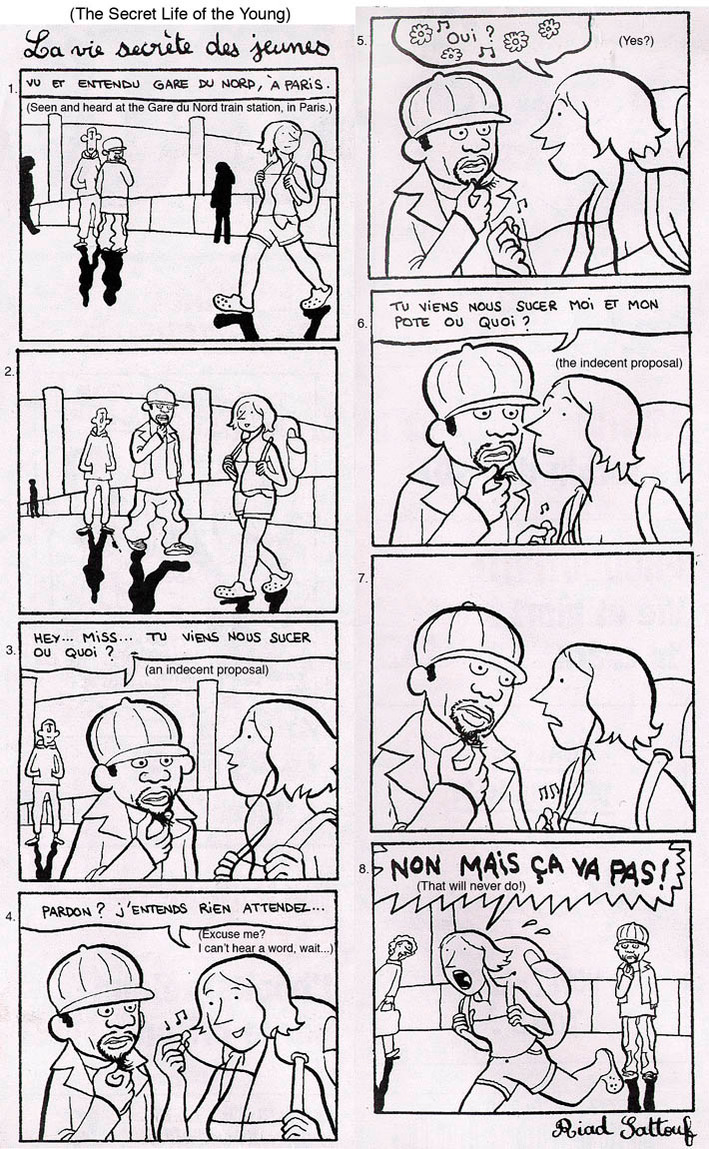
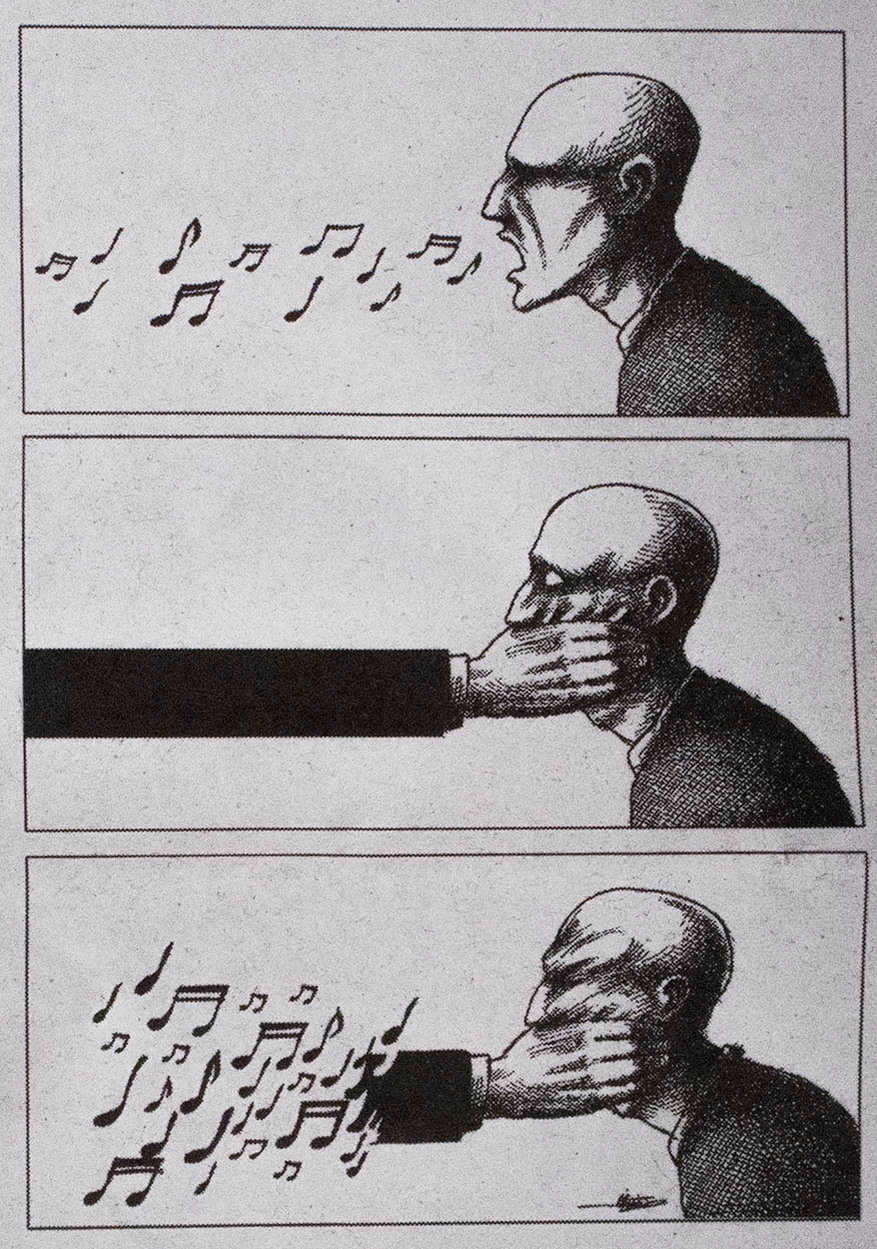
-
-
-
Share